SUMMARY
This is AI generated summarization, which may have errors. For context, always refer to the full article.
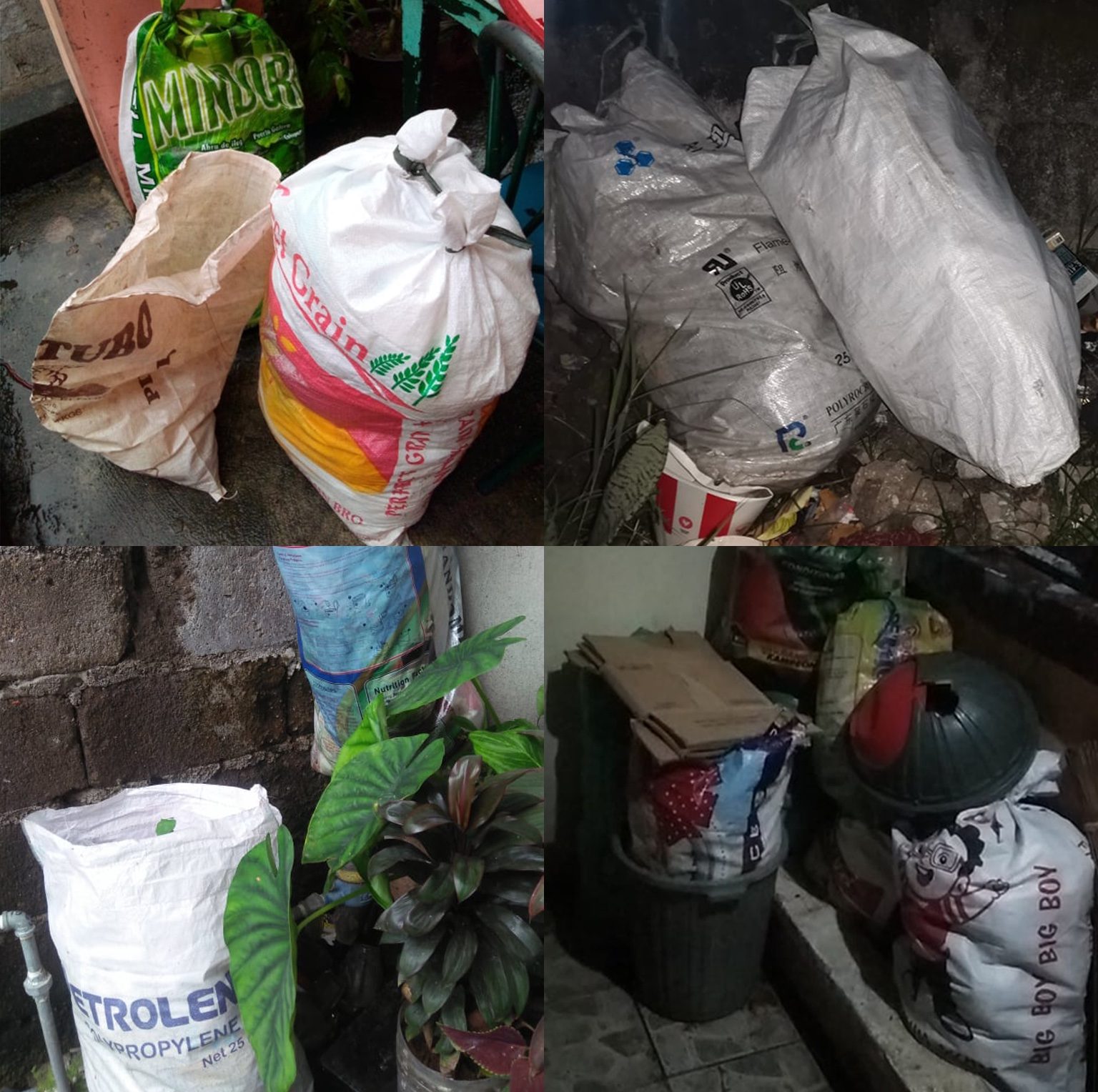
The last time a garbage truck collected trash from Jonathan’s* household was around a month ago. The situation is the same in the two houses his family owns in Poblacion 1 and Barangay Jose Elises in General Mariano Alvarez (GMA), a first-class municipality in Cavite.
Their household has been forced to store the garbage inside their properties, accumulating three sacks of trash so far.

GMA residents share this headache. With the town’s sanitary landfill hitting critical capacity, the entire waste management system of GMA has slowed to a crawl.
Though residents like Jonathan keep their trash at home, not everyone is willing to do so. Photos obtained by Rappler show garbage sacks piled up on top of each other outside the streets of various barangays.
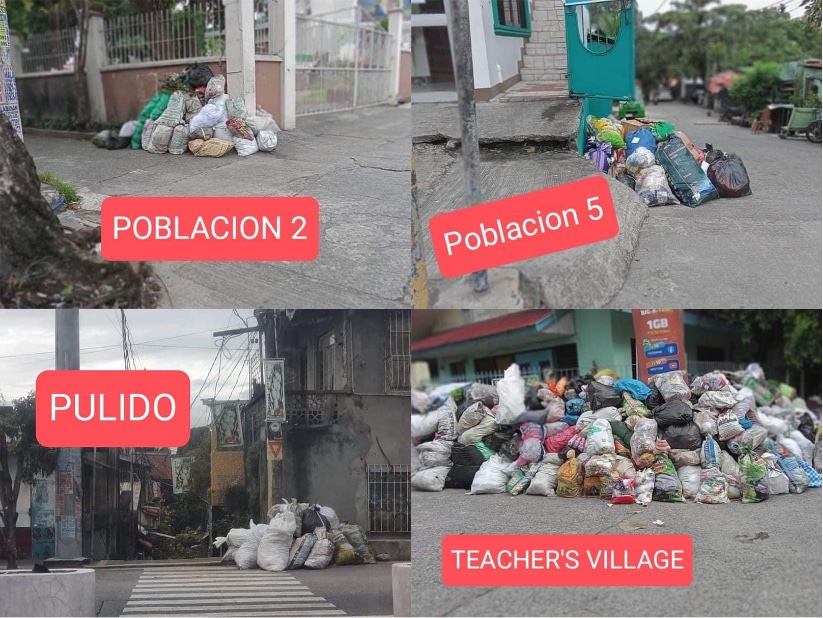
The photos were taken on the morning of September 27. Although the garbage shown here have since been collected, the same could not be said for all barangays in GMA.
Landfill undergoes closure
The issue of uncollected garbage starts in the GMA sanitary landfill located in Barangay Aldiano Olaes. Global Environment, Technologies and General Services (Gemtech) has been managing this since July 2019.
The firm submitted a letter to the local government unit (LGU) on September 14, 2021, warning that the sanitary landfill was nearing its capacity.
The company said it needed to proceed with an “abandonment and rehabilitation” plan. That means the closure of the sanitary landfill to prevent damage to the surrounding environment.
Gemtech informed the LGU that it would no longer be able to collect trash starting September 17.
Declaring a state of calamity
To resolve the issue, Mayor Maricel Echevarria-Torres, the municipal council, and the solid waste management board met with the landfill operator on September 17.
Gemtech ultimately allowed the LGU to haul additional trash into the sanitary landfill, but in a very limited capacity so as not to violate environmental laws.
The LGU also agreed to transfer their trash to another landfill as a short-term solution. The municipal environment office told Rappler on October 13 that they had chosen a landfill operated by Pilotage Trading and Construction in San Pedro, Laguna.
Gemtech’s contract does not involve the hauling of trash. The GMA local government has three garbage trucks to do its own hauling. Seeing that this was not enough, Mayor Torres borrowed five additional trucks.
There are also plans to procure hauling services. The municipal environment office told Rappler on October 13 that they had found a hauling service that would only charge P7,000 per truck to haul up to 18 cubic meters of trash per trip.
If the town deposits 10 truckloads per day, the local government would spend P2.1 million per month, said Romeo Camacho, executive assistant at the mayor’s office assigned to the municipal environment office, in a telephone interview.
Competitive bidding is required to procure such service. A negotiated procurement would expedite the procurement process down to a minimum of seven days, according to the municipal engineering office. But this procurement method is only allowed on certain conditions, like a declaration of a state of calamity.
The LGU took this route in 2013 during a similar crisis. It is trying to do the same in 2021. Mayor Torres and the municipal risk reduction management office submitted to the municipal council on September 27 a draft resolution to recommend a declaration of a state of calamity. The council endorsed it on October 4.
Mayor seeks supplementary fund
To finance the hauling of the garbage, the council approved a supplemental budget on October 7.
GMA spends P20 million annually for the management of the landfill, but the 2021 budget only allocated P10.5 million.
The LGU’s practice for the past three years has been to supplement the budget during the second semester of the year by sourcing it from unexpended funds from the year before, Mayor Torres explained in an online interview.
This time, the funding requirement divided the mayor’s office and municipal council.
Torres initially claimed that the council was blocking the funding. Vice Mayor Angela Paycana, the presiding officer of the local legislative body, denied this.
According to Paycana, Torres’ request for additional funds underwent first reading in the municipal council and was referred to the finance committee on August 23.
The committee, which is composed of five opposition members, sought additional documents to endorse the mayor’s request. Torres, however, told them to request the documents from the Commission of Audit (COA). In turn, COA informed them that their local government had not submitted the documents they were looking for.
Still, the municipal council approved an P11-million supplementary budget for the procurement of hauling services.
Increase in waste volume, land constraints
The councilors, however, expressed frustration over why the landfill had to close despite Gemtech’s 10-year contract agreement with the local government, supposed to end in 2029 yet.
Gemtech, in a September 30 email response to Rappler’s queries, explained that the land constraints in the landfill and the increase in waste generation amid the pandemic caused the sanitary landfill to reach a critical stage.
The company said it had been leasing from the local government a 1.2-hectare lot for P100,000 monthly since July 2019. However, at the start of the lease period, more than half of this lot was already being used for the old dumpsite of GMA.
Gemtech said they were left with only half a hectare of the land to utilize. There were initial plans to purchase additional three adjacent lots, but the pandemic had caused a shift in budgetary priorities, the firm added.
The ecological solid waste management act requires that sanitary landfills should be large enough to accommodate five years’ volume of trash from the locality.
Gemtech also noted an average of 2.85% daily increase in generated waste from 2019 to 2020.
Rappler requested data for the amount of trash collected during 2019 and 2020, but Gemtech has not yet replied.
Rappler also sought the data from the municipal environment office, but the data they have is only from 2020 onwards. Gemtech did not start managing the landfill until July 2019. The office added that they had multiple haulers in 2019.
The COA, however, has a 2019 audit report which showed that 35,347 cubic meters of trash were dumped into the landfill from January to November 2019. The December receipt was not submitted to COA, resulting in the incomplete data.
Solutions start at home
As the local government scouts for a long-term solution, residents shoulder the brunt of the problem.
Barangays are mandated by the Local Government Code to facilitate waste collection, and they are doing interventions to reduce the amount of trash kept at home by residents. Barangay officials are advising residents to segregate their trash, so they could compost biodegradable waste.
There are also programs that give incentives, such as rice or cash, to residents when they segregate plastic waste. Barangays like San Gabriel and Gregoria de Jesus have also allocated lots to store garbage temporarily.
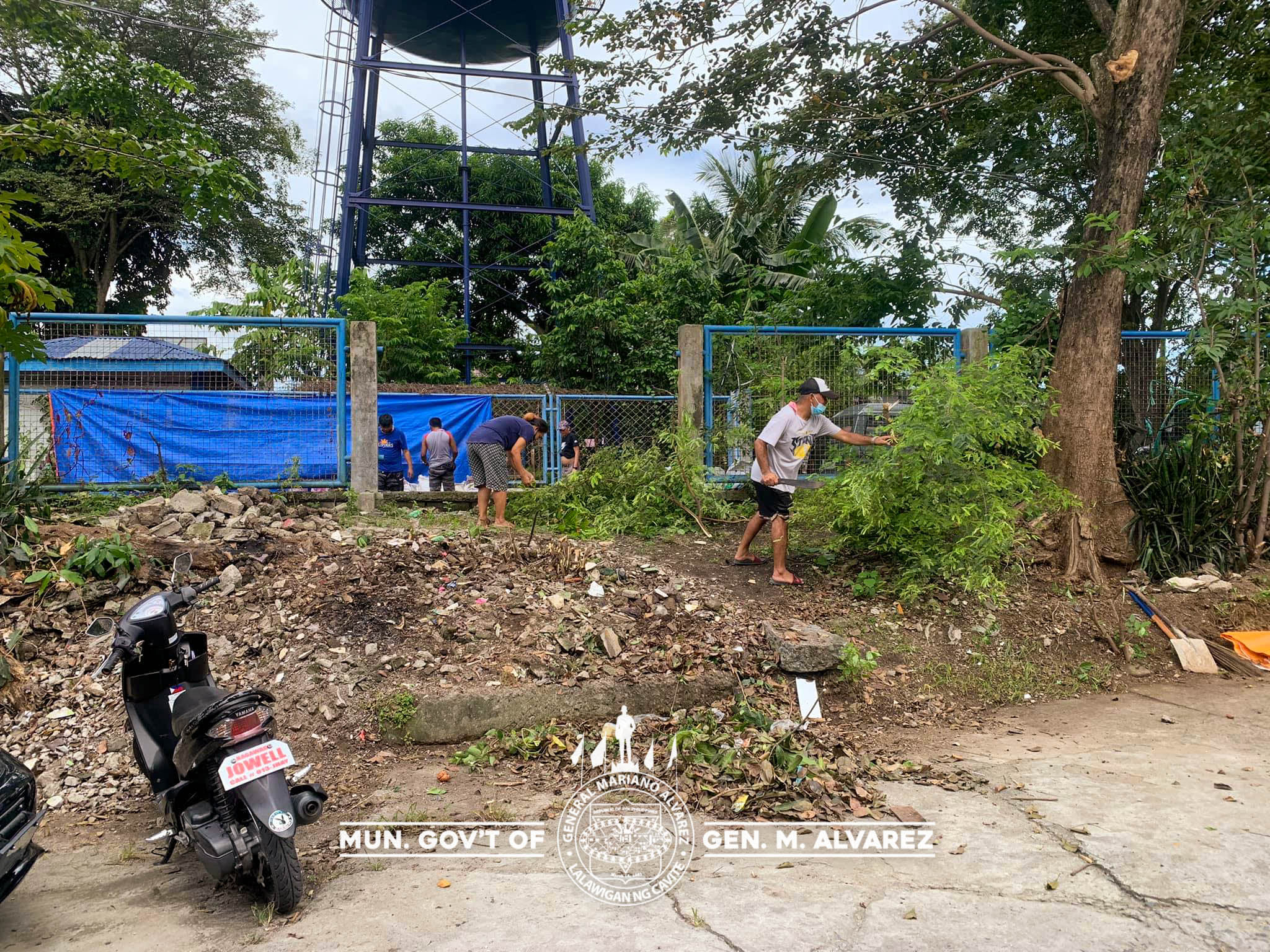
Initiatives also start at home. Those without an open lot for composting dispose of biodegradable waste on potted plants. Malou of Barangay Severino delas Alas shared that she even recycles plastic soaked from wet goods by drying it out and reusing it.
Not everyone seems to find the right solutions. One resident told Rappler that they had been burning their trash. The resident, who did not want to disclose which barangay he was from, said he burned small amounts of trash over time so his neighbors would not complain. Though it solves the problem of garbage in his house, burning of trash is a violation of Section 48 of the Solid Waste Management Act, which bans open burning of solid waste.
The issue in GMA is reflective of the bigger issue of solid waste management in Cavite. In July 2021, Cavite Governor Jonvic Remulla said the province’s top environmental problem is managing solid waste, with the laws giving the responsibility of waste management to towns and cities.
He said 21 out of the 23 cities and municipalities in Cavite do not have the capacity to put up their own solid waste facility due to land limitations. – Rappler.com
Jerome Sagcal is a Luzon-based journalist and an awardee of the Aries Rufo Journalism Fellowship.
*Interviewee requested that his real name not be used.
Add a comment
How does this make you feel?

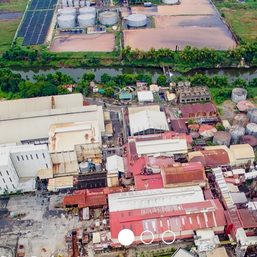
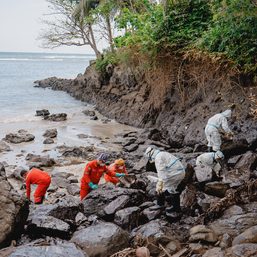
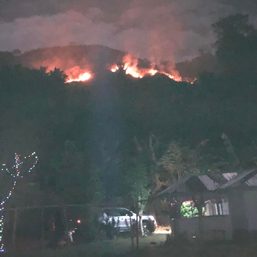

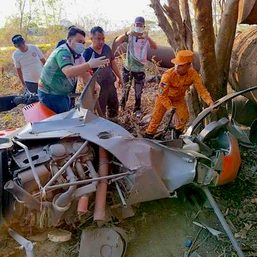
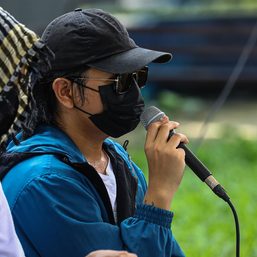
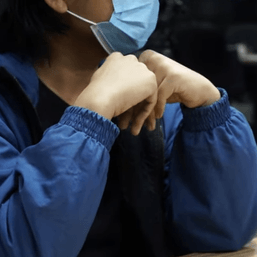
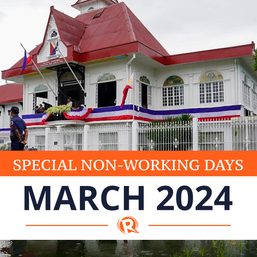

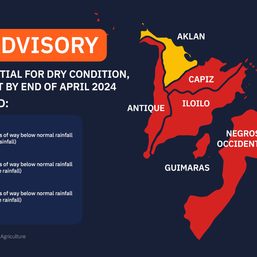
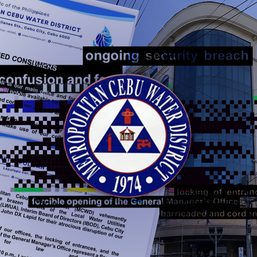
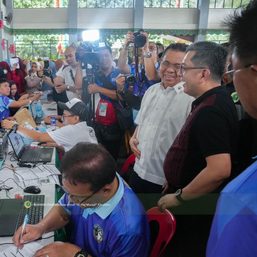
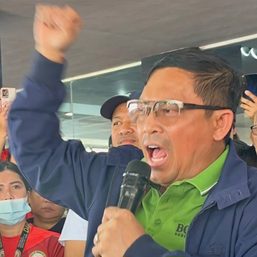
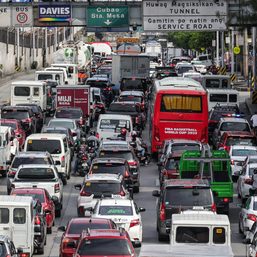
There are no comments yet. Add your comment to start the conversation.